Throughout history tens of thousands of roses have made it to the market, some with long levity while others only surviving a few years.
In these there are some that have incredible stories or have contributed to society to become what I call ‘influential roses’. I have compiled my list of what I consider are those varieties that have had the most impact in the rose world.
These are my top twelve in no particular order.
TRIGINTEPETALA
‘Trigintepetala’ is an incredibly old rose around the early 1600’s. As one of the members of the Damask family it possesses the most incredibly sweet fragrance. It is this fragrance which it is known for and planted in large numbers for the collection of rose oil from its flowers.
In Bulgaria there exists a ‘Rose Valley’ near the town of Kazanlak where most of the rose petals are collected. Rose petals are collected early morning before dawn and oil distilled the same day. Other countries such as India and Iran also have large production of this rose for its oil.
Due to its high value in the commercial world ‘Trigintepetala’ is my first ‘influential’ rose.
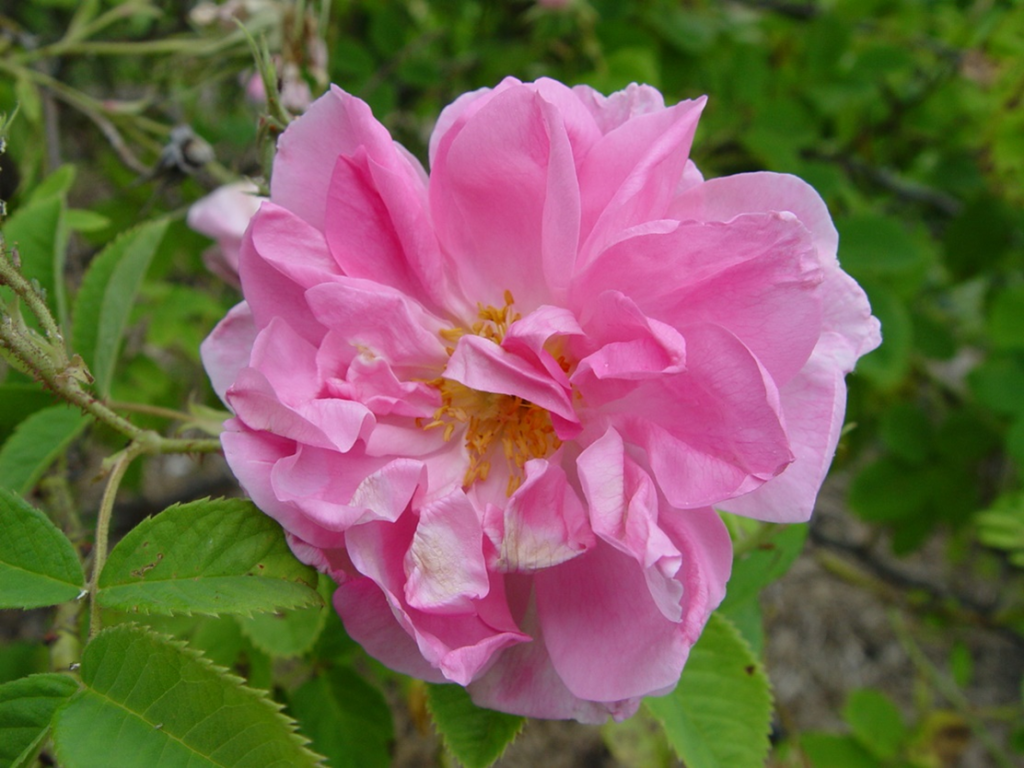
FOETIDA SPIECIES
I am sure there would be few rosarians that would know of the name ‘Foetida’.
All rose lovers should be aware of the significance of these varieties though. Originating from the foothills of Georgia these yellow and orange flowered roses have a significant role in the development of modern roses. Since there were no yellow roses in Europe the introduction from Persia was an important contributing factor in the development of yellow and orange varieties.
Sadly it also was a major contributing factor in the health issues yellow and orange roses possess now as where they naturally grow possesses dry conditions where Black Spot is not prevalent. Its introduction into breeding programs introduced the genes for poor health into the modern roses. Still it cannot be denied it opened up the rose world to a much more diverse range of coloured roses.
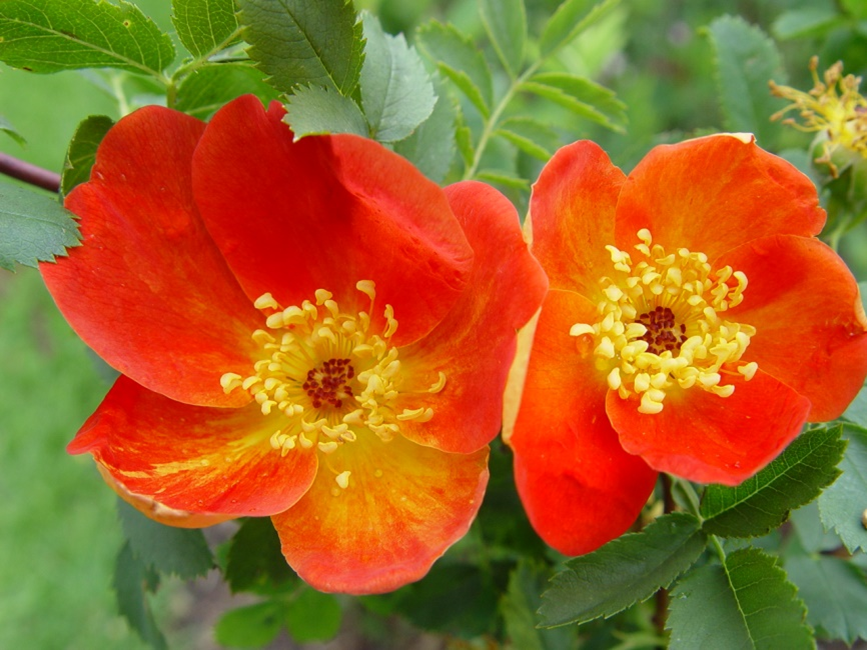
STUD CHINAS
‘Slater’s Crimson China, ’Parson’s Pink China’, ‘Hume’s Blush Tea Scented China’ and ‘Park’s Yellow Tea Scented China’.
These four roses were a significant step forward in the development of the roses we have today. All four possessed differences to the roses existing in Europe at the time. They were perpetually flowering, had different scent, and leaves were more dwarf in size.
W combined with the roses in Europe a whole new range of roses were created. Tea roses were a group of roses which owed their existence to the China roses. These in turn were crossed with the group Hybrid Perpetuals giving us what we now know as Hybrid Tea.
It all began back with these early roses from China.
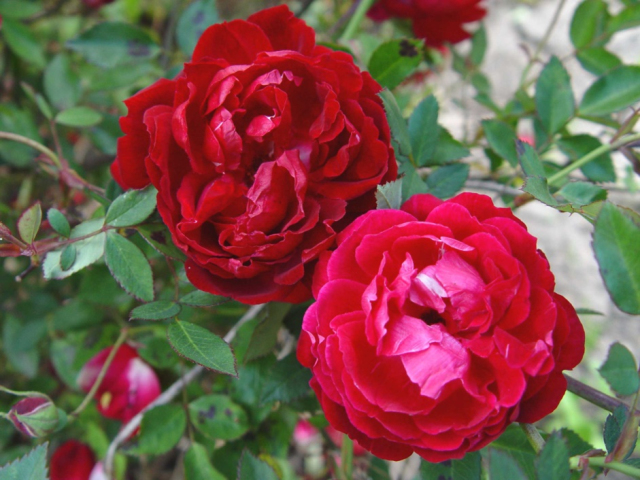
ICEBERG
Iceberg has been given the title of one of the world’s most favourite roses. Created by Kordes and introduced in 1958 it was named Schneewittchen but for the English market was changed to the easier to say Iceberg.
For me it has been instrumental in the resurgence of roses into home gardens. Back in the 1980’s it seemed all new gardens wanting roses had Standard Iceberg with its masses of white flowers in bloom all season, especially in the capital cities. Although it was the Standards that made this rose so popular, bushes also were sold in thousands and planted in massed beds in parks and majority of gardens.
Today it has lost a lot of its appeal but its significant contribution to the rose world makes it my top varieties.
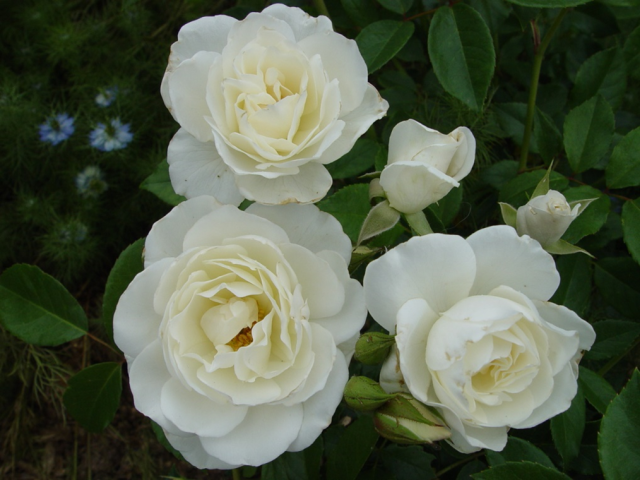
LORRAINE LEE
I am sure some will say ‘how can an Australian developed rose be a rose of significance’?
Bred by Alister Clark in 1924 this rose was a breakthrough as the breeder marketed it as a winter flowering rose. All nurseries started growing this new cultivar and after only a few years its popularity was set.
It has been stated that in its prime, half of all roses grown in rose production nurseries in Australia were ‘Lorraine Lee’. This rose can still be seen with plants growing in old farmhouses and older properties which would have to be close to 100 years old.
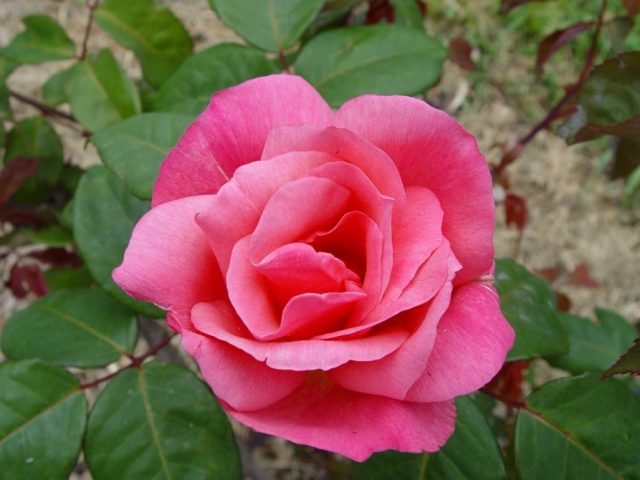
TALISMAN
‘Talisman’ would undoubtedly raise a few eyebrows as to why it could be included in a list of significant varieties. But only those of an older age and in the rose industry would know just how significant it is.
Bred by Alexander Montgomery of USA in 1927, this rose was a breakthrough in colour never seen before. When it was grown nurseries sold it for ten times the price of the existing roses. Such was the unique nature of this rose variety it demanded a much higher price than any other rose on the market.
Due to its consumer demand it is a significant rose.
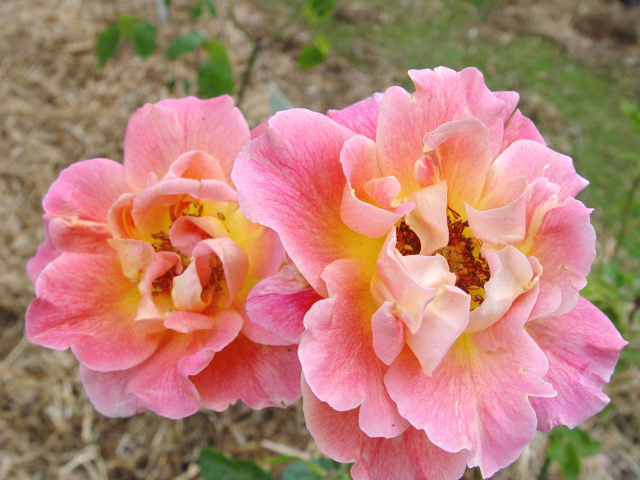
CONSTANCE SPRY
There may be some who do not know this variety but for me it has been a significant variety being the first variety bred and introduced by David Austin. The variety in itself is not totally significant but how the breeding by David Austin changed both the retail market and other hybridisers in their breeding programs cannot be ignored.
Constance Spry was introduced onto the market in 1960 using a cross with the Gallica variety Belle Isis and the rose Dainty Maid. Although only a once flowerer it was the start of what all rose growers would be aware of and that is the wonderful creations by the master rose breeder David Austin.
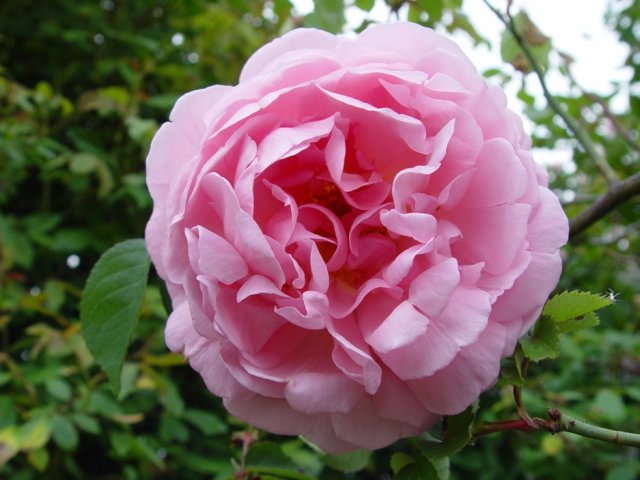
RED RIDING HOOD
Everyone loves to see huge sweeps of roses in mass colour in parks and gardens mostly using roses we call floribundas. The term floribunda was classified in 1930 by Dr J N Nicholas, describing the newly developed rose Red Riding Hood bred by Poulsens of Denmark.
Poulsens crossed a Polyantha Madam Norbert Levavasseur with a Hybrid Tea Liberty to create this variety which originally was classified as a Hybrid Polyantha. It has a shrub nature growing quite tall to about head height. From this initial creation we now see some of the world’s best-selling roses all classified under the same classification – floribunda
Due to its break though in a new ‘type’ of rose I call it a significant variety.
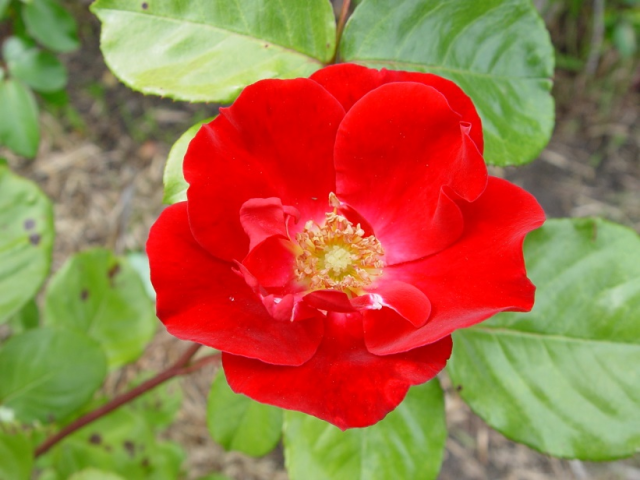
LA FRANCE
Here is another rose which has historical meaning. La France was bred in France by Jean-Baptiste Andre Guillot in 1867 likely being a seedling of Madame Falcot. It is generally accepted that La France was the first rose which could be given the title of Hybrid Tea.
The cross pollination of the Hybrid Perpetuals with the Tea roses created the roses we know today as Hybrid Teas. Several other roses such as Soliel D’Or or Victor Verdier also may lay-claim to being the first Hybrid Teas however most world authorities still will bestow this title to La France.
The term Hybrid Tea became a new class of rose when British Rose breeder Henry Bennett introduced a number of roses which had the pedigree of ‘Hybrids of the Tea Roses’. La France bred earlier also has this pedigree.
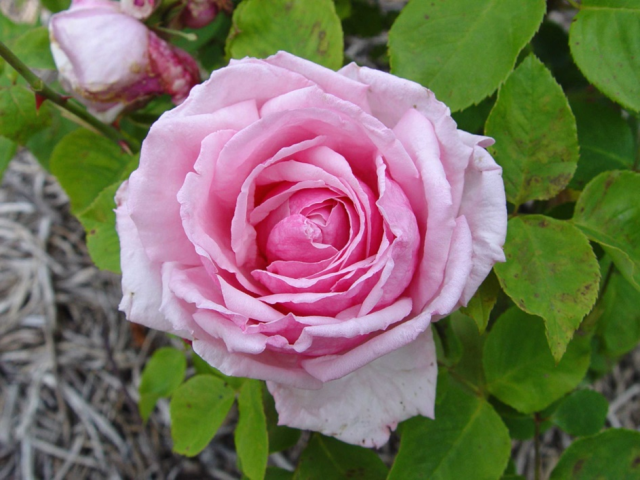
PEACE
I doubt there would be a rose enthusiast that would not know of the Peace rose and many know of the incredible Peace story.
Created in France by Meilland in 1935, propagation material was smuggled out as forces invaded France. Named in France Madame A Meilland, in Europe Gloria Dei and Gioia but the name Peace was given in the USA after the war.
Today there are many sports of it including a climber and is still grown in large numbers. It is said most modern roses being bred today can have the Peace rose traced back somewhere in their breeding.
For its story, its breakthrough, development and popularity I include as one of my roses of significance.

FLOWER CARPET
In Flower Carpet I do not see a wonderful rose but an incredible marketing exercise.
During the early 1990’s a series of ground-cover landscaping roses hit the market. The Meidiland group were the roses of choice until a new rose came along, bred by an unheard of breeder in Australia called Werner Noack from Germany.
The uniting of the breeder with the rose introducer Anthony Tesselaar saw the power of a good rose with wonderful marketing. Tesselaar took away growing from the traditional rose growing nurseries and placed it in the general nurseries. Here saw quick growing plants sold in pretty pink pots in markets the traditional rose growers did not cover.
After the Pink Flower Carpet came a number of different colours however the pink will always be the most successful rose marketing to date and likely forever.
Today millions of plants have been sold so no doubt to be included as a rose of significance.
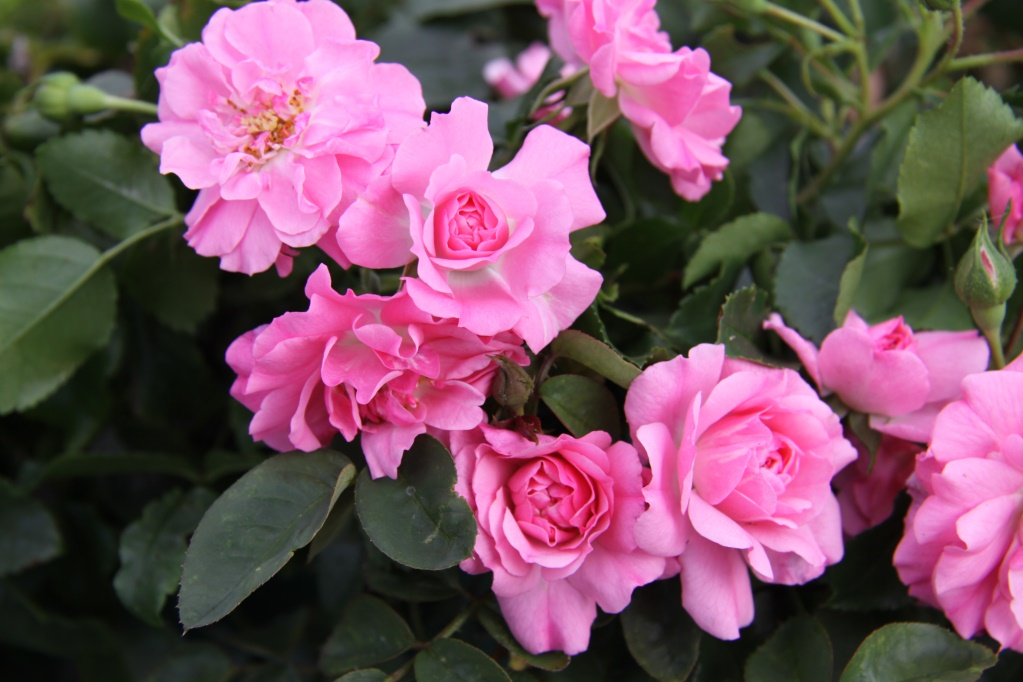
PIERRE DE RONSARD
Filling out my last place of roses of significance is a climbing rose known as Eden Rose or Pierre de Ronsard. Bred in 1985 by the Meilland Company of France, the story of how it came to the market is interesting.
As was told to me by the breeder, this variety was quickly identified as a rose of interest in their new seedlings. As the culling process began throwing out seedlings each year that did not reach their high standards, this variety just kept on being selected. There was little plan for its introduction as climbers had little market but knew it was exceptional. It was sent to Deane Ross in Australia as one of their many new seedlings and Deane immediately identified it also as a wonderful new rose worthy of release. The name was decided to be Pierre de Ronsard as it sounded more elegant than the name Eden Rose.
Today it is probably the most popular climber in the country, and I did hear one nursery state it is their number one selling rose.
For its story and sales success I include it as a rose of significance.
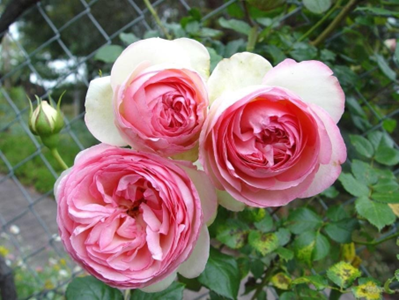
Created 5/12/2022
